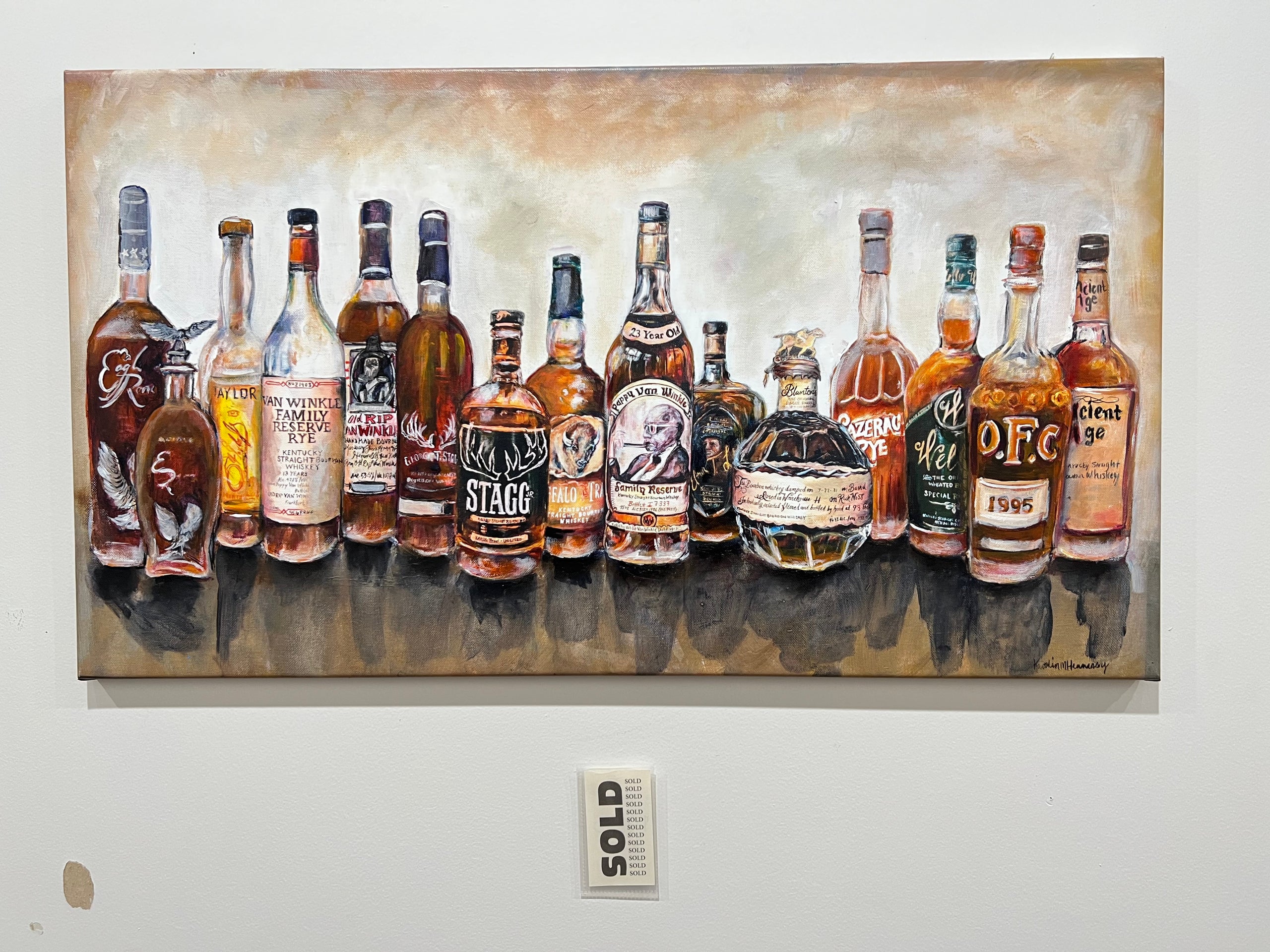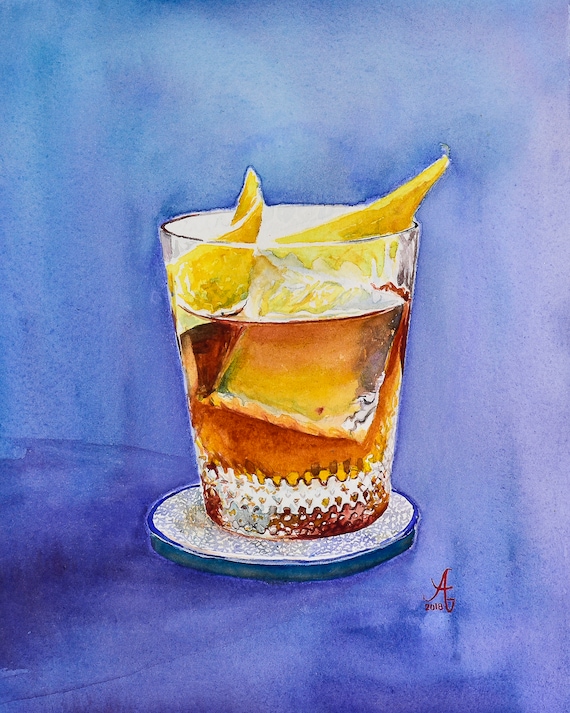Whiskey Art as a Declaration: How It Improves Home Décor
Whiskey Art as a Declaration: How It Improves Home Décor
Blog Article
Catching the Significance of Whiskey Art With Unique Aesthetic Depictions and Styles
The art of whiskey extends beyond the fluid itself, manifesting with a selection of visual depictions that encapsulate its storied heritage and workmanship. What stays to be revealed is just how these evolving styles mirror not just the whiskey itself however additionally the changing landscape of artistic interpretation. Limited Edition.
The History of Whiskey Art

As bourbon production spread, so too did the desire to raise its experience with art. From the intricate engravings on very early casks to the sophisticated tags of modern-day containers, each element shows a distinct imaginative vision, serving as an aesthetic story of the whiskey's heritage.
In the 18th and 19th centuries, the rise of the industrial revolution additionally improved scotch art, bring about innovative packaging and advertising and marketing that captured consumer focus. Developers and artists started trying out aesthetic appeals, imbuing whiskey-related imagery with symbolic meanings that communicated ideas of community, craftsmanship, and practice.
Today, bourbon art remains to advance, blending standard approaches with contemporary art types. Limited Edition. This recurring dialogue between the spirit and its aesthetic representation emphasizes the long-lasting bond between bourbon and society, improving the overall experience for enthusiasts worldwide
Iconic Container Styles
While many elements add to the attraction of scotch, iconic bottle designs play a pivotal duty fit customer assumption and enhancing the total experience. The aesthetic discussion of scotch bottles is not simply an aesthetic consideration; it functions as a bridge in between the customer and the product, evoking feelings and establishing assumptions.
Unique forms, products, and closures can raise a scotch brand's identity, making it promptly recognizable on jampacked shelves. As an example, the traditional Glenfiddich bottle, with its stylish tapered shape, conveys a sense of custom and craftsmanship, while the vibrant, modern-day style of the Balvenie container mirrors innovation and class. Moreover, using tinted glass or unique textures can recommend the top quality and character of the bourbon within.
Famous styles frequently integrate components of social heritage, representing the brand name's background and connection to its origins. Brand Names like Jack Daniel's make use of an uncomplicated, durable style that resonates with its American scotch heritage. Inevitably, the impact of bottle design expands past plain performance; it encapsulates the essence of the brand, welcoming customers to explore and delight in the abundant tapestry of scotch culture.
Tag Art Work and Branding
Bottle designs often set the stage wherefore consumers can expect, but label art work and branding play an equally substantial function in interacting a bourbon's identity. The tag works as the first point of get in touch with in between the consumer and the item, enveloping the significance of the scotch within its aesthetic aspects.
Reliable label artwork integrates color, imagery, and typography to develop a narrative that reverberates with the brand name's heritage and target audience. For instance, a label including vintage typefaces and elaborate illustrations may evoke a sense of tradition and craftsmanship, appealing to connoisseurs. In contrast, vibrant shades and contemporary design elements may draw in a more youthful demographic seeking development and enjoyment.


Photography and Visual Narration
Recording the significance of whiskey via digital photography and visual narration is Whiskey Art an art kind that raises the brand name experience. This medium transcends plain product representation, delving into the detailed stories that border each bottle. By utilizing compelling imagery, professional photographers can stimulate feelings that resonate with customers, inevitably creating a much deeper connection to the scotch brand name.
Visual storytelling in whiskey photography often utilizes abundant textures, lighting, and make-up to highlight the one-of-a-kind features of the spirit. The interaction of light and darkness can highlight the brownish-yellow shades of whiskey, while the choice of background aspects-- such as rustic barrels or stylish glass wares-- can enhance the brand's heritage or way of living associations.
Furthermore, catching the ritualistic facets of bourbon consumption, from the pouring to the sampling, invites visitors right into a sensory experience, allowing them to imagine the flavors and scents that await. Each picture not just showcases the product however likewise narrates of workmanship, tradition, and the minutes that scotch can enhance - Realism Art. Hence, digital photography comes to be a powerful device in expressing the identification of bourbon brands, positioning them within the more comprehensive social landscape
Emerging Trends in Whiskey Art
The advancement of scotch art is significantly formed by modern fads that show broader social changes and customer preferences. One popular trend is the integration of sustainability right into art methods. Artists are currently using eco-friendly procedures and recycled materials to produce whiskey-themed pieces, reverberating with ecologically mindful consumers. This shift not only highlights the significance of sustainability however additionally enhances the story bordering scotch manufacturing.
In addition, electronic art has actually risen in appeal, allowing for ingenious representations of bourbon. Musicians are leveraging innovation to craft immersive experiences, such as enhanced truth installations that involve viewers and offer a deeper understanding of scotch's cultural value. This fad also includes social networks platforms, where visually striking material gathers attention and promotes neighborhood among lovers.
Moreover, collaborations between whiskey brands and musicians are ending up being much more commonplace. These partnerships generate limited-edition product packaging layouts and exclusive art work that celebrate both the workmanship of bourbon and the creativity of musicians. As bourbon art remains to progress, these arising patterns will undoubtedly form its future, fostering a dynamic junction of culture, sustainability, and modern technology within the scotch area.
Conclusion
In conclusion, the art of scotch encompasses a diverse array of aesthetic representations that reflect its rich heritage and craftsmanship. From iconic container designs and complex label artwork to engaging photography, each element adds to a broader story that improves the customer's experience. As emerging fads, such as electronic art and sustainability, proceed to form this artistic landscape, the multifaceted identification of bourbon remains a sustaining resource of cultural connection and expedition.

In verdict, the art of scotch encompasses a diverse array of aesthetic representations that mirror its abundant heritage and workmanship.
Report this page